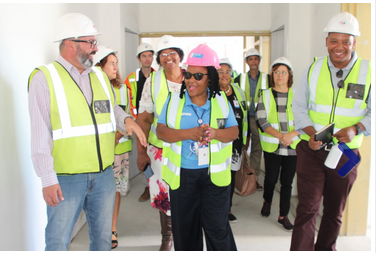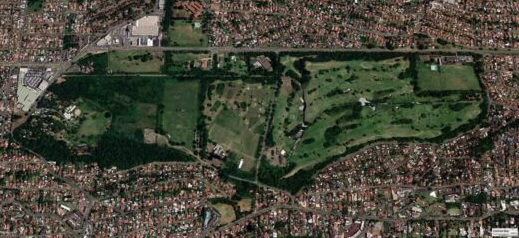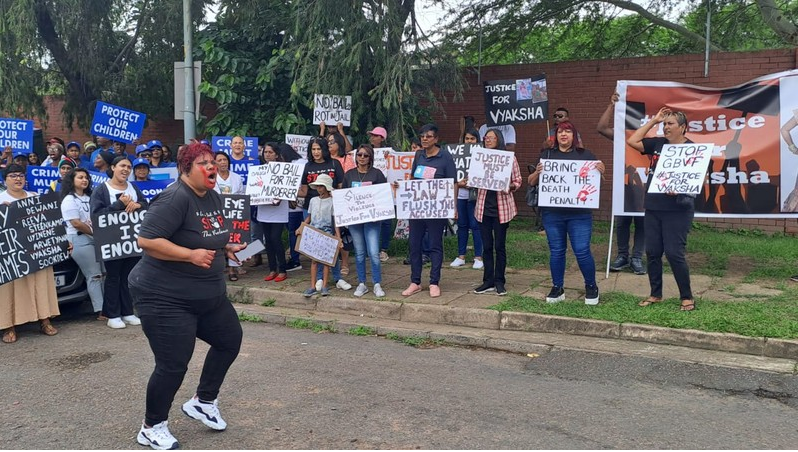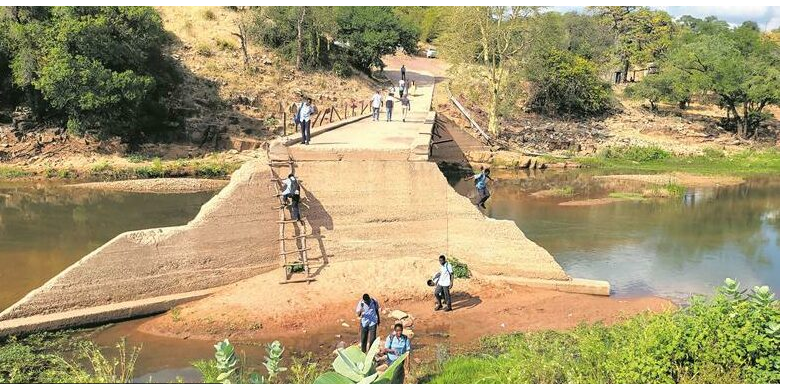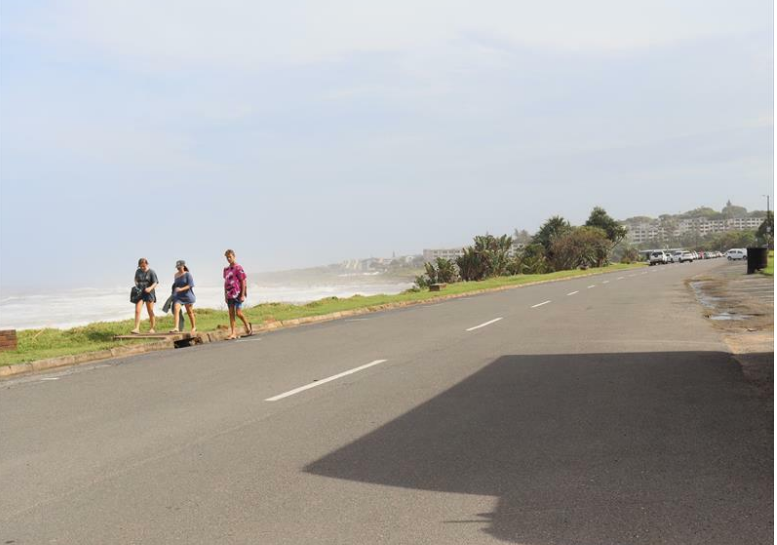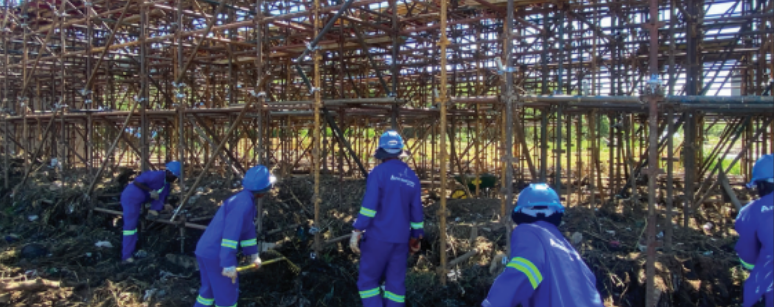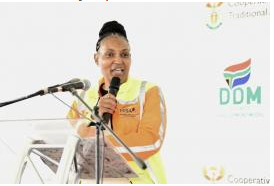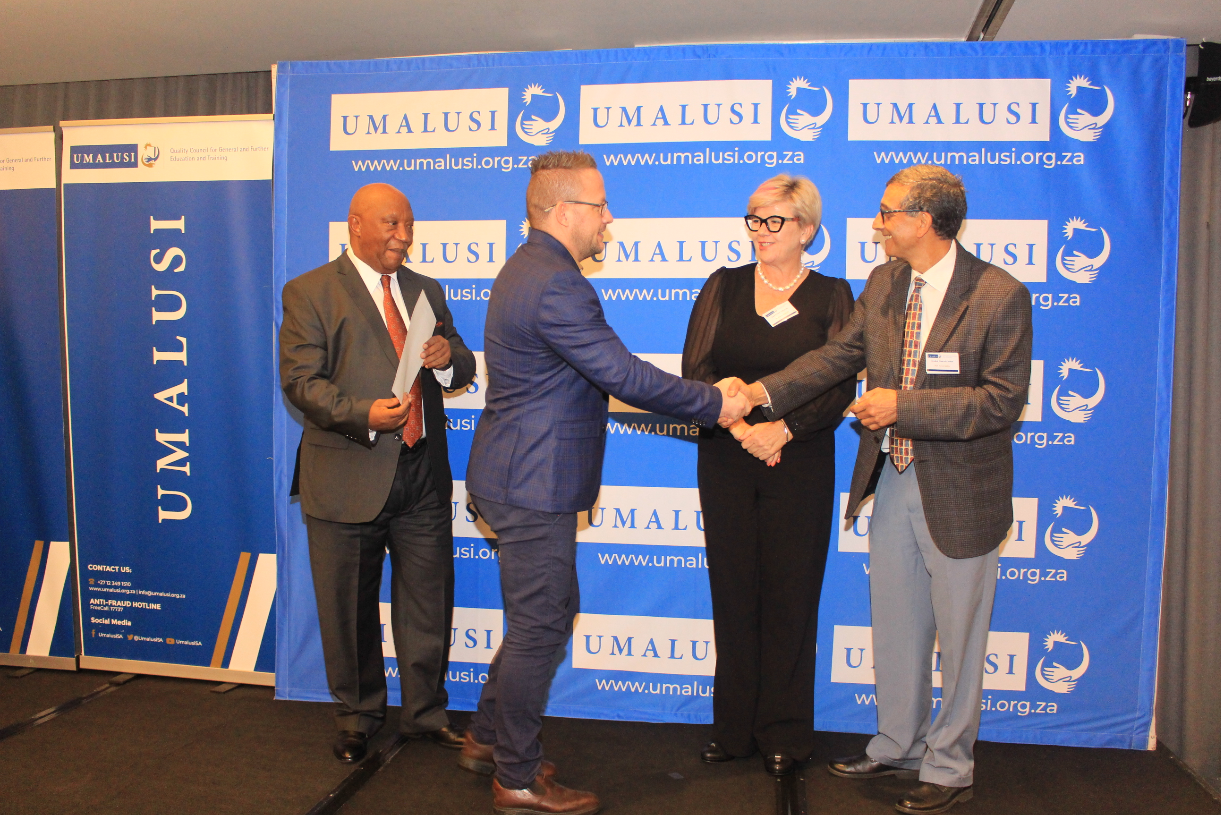Restructuring Eskom: It's all in the details
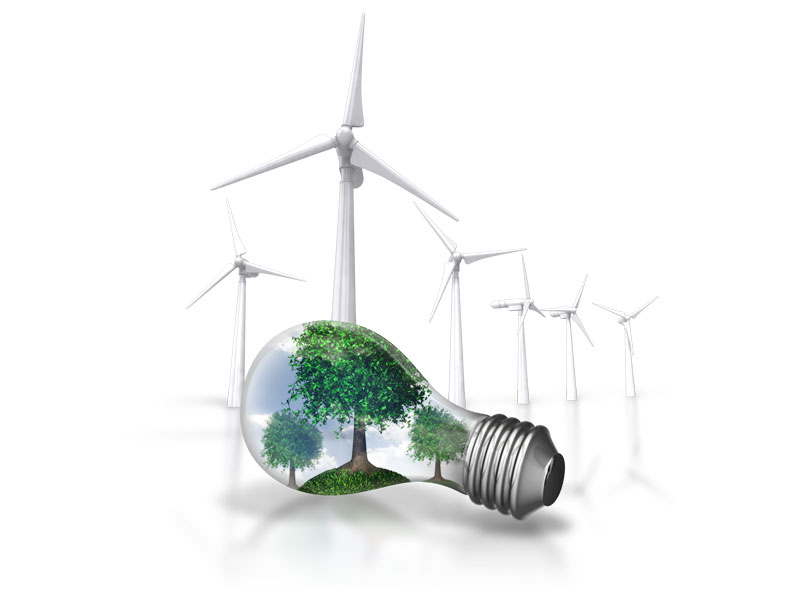
07-02-2019
Read : 62 times
Fin24
Source
South Africa's economic growth has been sorely lacking for years. Unemployment has increased to over 27% and its youth unemployment rate, according to the Spectator Index, is the highest in the world at over 50%.
Policy gaps, corruption, mismanagement and state capture have all left their mark, resulting in inadequate investment growth needed to drive the economy forward.
Most importantly, the power crisis must be resolved in order to maintain the mining industry and restore investor confidence. Eskom was once the world's fourth-biggest power utility. Its demise will likely appear in case studies for years to come.
The SA power sector simply cannot be allowed to fail. And at last, corrective action is promised to be around the corner. But the correct decisions must still be made – otherwise the consequences will be too ghastly to contemplate.
Will anything come of the recommendations?
The president has appointed a task team to investigate and make recommendations regarding Eskom. A package of proposals have been put forward, including splitting Eskom into three state-owned companies for generation (Genco), transmission (Gridco) and distribution (Disco). Other recommendations include a substantial bailout and tariff hikes.
This appears to be a propitious and long overdue start. However, the splitting of Eskom has been recommended previously by experts, as far back as 1998, in the Energy Policy White Paper; and was recommended three years ago by a Parliamentary subcommittee investigating Eskom.
Over the years, nothing has come of these repeated recommendations.
It is a vital step that will allow isolating costs, avoiding cross-subsidisation, giving clear responsibility and ensuring more efficient management. Clearly this has come with appointing independent boards and management teams. In all probability, many of these structures are already in place within Eskom.
About IPPs
Many believe, incorrectly, that IPPs are not the way forward for SA, and that Eskom should remain the sole supplier and generator of electricity.
It can safely be said that IPPs are essential for stability and fair competition of electricity supply. Eskom cannot maintain its monopoly position and finance all future growth in electricity supply – the proposition is unrealistic, given the country's likely energy requirements in decades to come.
READ: Minerals Council welcomes Ramaphosa's assurances that Eskom will not fail
The only way this supply can be built, funded and efficiently managed is if other suppliers are allowed to enter the market and compete with Eskom supply on an even playing field. Eskom cannot be allowed to be both judge and jury if outside suppliers are to get a fair deal – which means splitting Eskom into three independent, logical components.
But the caveat means IPPs must be independent and supply electricity on equal terms, and be held responsible financially and managerially for supplying reliable, dispatchable electricity on these terms, and be paid only on electricity delivered when required.
Money, money, money
It is clear Eskom and government no longer have the funds to bail Eskom out. The cash cow has been drained of milk as a result of mismanagement, poor policies and political interference. Now, controversial issues must be faced.
Neither Eskom nor its components should be privatised – rather, the three components can consider separate public-private partnerships (PPPs). Here, the choice of private partners, domestic or international, as well as their affiliations, would be important. Efficient business management is the only way forward.
REIPPPing the benefits
All existing REIPPP contracts and Power Purchase Agreements (PPAs) should be taken out of Eskom and placed under review in Treasury or elsewhere, as these agreements result in Eskom or the consumer effectively subsidising renewable shareholders.
So-called cheap prices come about because full costs of supply are not taken into account. IPPs currently do not pay for the substantial back-up costs, grid and support costs, and system costs, and are being paid for supply when supply is not required.
Costs of unserved electricity (COUE) costs the economy some R77/kWh, and these economic risk costs are not taken into account by any model. South Africa cannot import or export electricity as and when required, like the United States of America or Germany.
It is crucial that government make sound decisions regarding electricity generation and restructuring Eskom, giving priority to the engine rooms of existing and future growth and employment in the economy, namely electricity.
The only two sources of energy in this country readily available in sufficient quantities, that meet the requirements for reliable base load power required for economic growth, are at this stage of technological development nuclear and High Efficiency Low Emission s (HELE) clean coal.
This country must ensure that reliable supply sources of energy can start coming on stream and supplying electricity by about 2023. That is where South Africa should be spending its money right now.
Recent News
Here are recent news articles from the Building and Construction Industry.
Have you signed up for your free copy yet?
